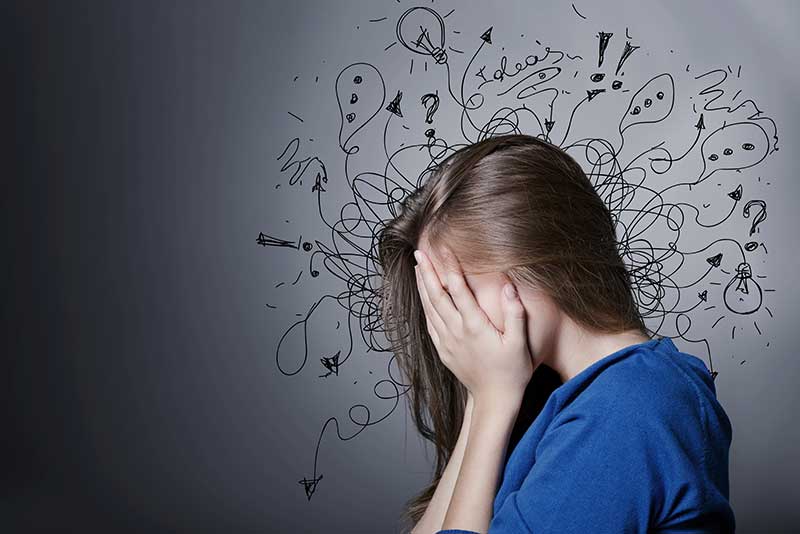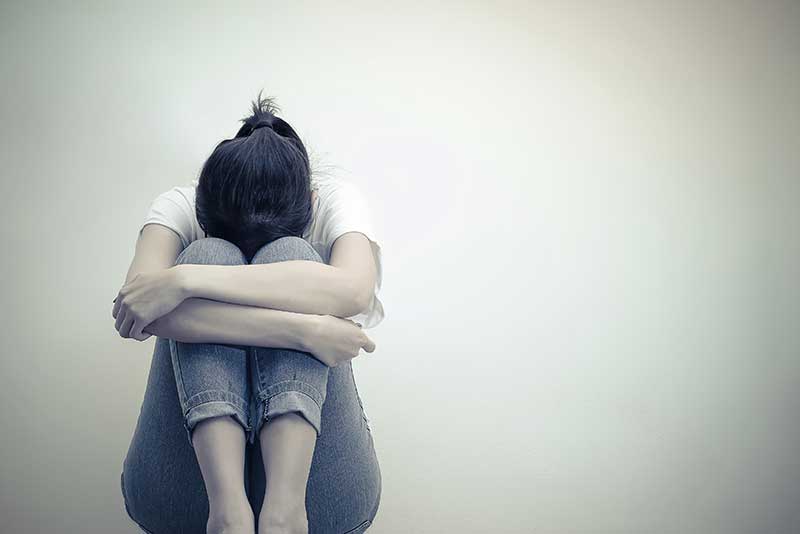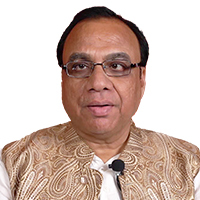There is no denying the fact that growing up is difficult. Adolescence is a phase when young people struggle to fit in socially and emotionally, and they have their own challenges and problems to deal with. Mental health issues are prevalent at this age. So let’s step into their shoes and imagine –they are living in a world that’s evolving, growing and changing at an immeasurable pace.
Yet, at the same time, they are developing most of their emotional and social learning skills, despite being flooded with so much information. Moreover, the way social media plays a crucial role in redefining their lives makes things highly irresistible to deal with.
We all are aware of the fact that adolescent suicide, depression, and other mental health issues were serious concerns long before the onset of the global pandemic. But, surprisingly, very few people knew about these issues back then. Finally, two years into the pandemic, we’ve witnessed how everyone is talking about mental health. Also, the experts have released statistics to show the drastic rise in mental health issues in all age groups, including adolescents.
Causes of stress in adolescents
Do you know that suicide is the fourth most common cause of death among adolescents? However, have you ever wondered why an adolescent would do this? Sadly, mental health problems are on the rise among adolescents and young adults. In addition, psychological distress among young people seems to be rising. But whom to blame- society or social media? To answer this question, let’s have a look at some of the significant causes of stress among adolescents.
Hostile environment
One of the major causes of distress in adolescents is a hostile environment towards a child’s academics, identity and aspirations. Thus, growing up with the feeling of not being understood by your own parents can be troublesome and distressing. Moreover, the casually spoken statements by parents like “You’re a thankless generation” or “You don’t know the value of hard work” add to the generation divide and develop serious mental health issues. Moreover, the environment at home immensely impacts an adolescent’s mental health as exposure to violence and abuse takes a toll on their minds. Sometimes the impact can be so profound that it haunts a person for the rest of their lives and often makes them feel miserable.
Excessive use of social media
Another possible contributing factor to mental health issues could be the increasing use of social media. Since online interaction has taken preference over face-to-face communication, it further perpetuates isolation and loneliness. It is a fact that physical appearance is heavily emphasized on social media and other online platforms. Besides, growing trends of apps like Instagram, Snapchat and Facebook influence users to look and dress a certain way. Often, users suffer from depression, anxiety, and eating disorders because of general comparisons and unrealistic expectations. With that said, those who are frequently online are also more likely to experience cyber-bullying, which is linked to depression and suicidal behaviours.
Quest to find their own identity
Nowadays, the internet is full of information about homosexuality, asexuality, and other forms of non-heterosexuality, arousing young minds to discover their individual identities. Apart from it, gender roles and the ideas around sexuality and identity are becoming increasingly common by the day. Unfortunately, still our previous generations continue to remain conservative about this information. So, adolescents are hardly given the space to voice what they’re experiencing, which is incredibly draining, stressful and often isolating for a young person.
Major concerns affecting adolescents’ mental health
Due to the lack of conversation around mental well-being, it’s difficult for the youth to open up and share their experiences. ‘I’m not okay,’ ‘Why am I always sad, why am I unhappy?” “I’m not able to live up to my parent’s expectations, and this has shunned my confidence,” “I don’t know who I am,” “Am I loved?””, “Why am I bullied so often?”, “My career is over before it even begins.” Though the list is long, these are some common thoughts in the mind of today’s youth. Indeed quite disturbing, upsetting and eye-opening! Let’s look at some of the major concerns affecting the mental health of adolescents:
- Stress and anxiety related to career and academics
- The loneliness of not having enough friends
- Difficulty talking to parents
- Body and self-image issues
- Trauma caused due to sexual harassment
- Bullying faced in schools and tuition centres
- Conflicts with parents or teachers
Adolescent mental health issues during COVID-19
Further, regarding the Covid-19 pandemic, adolescents are in great distress due to uncertainty over exams, online classes, college admissions, future career plans and disagreement with parents. The teenagers are under the burden of stress and are finding it difficult to express and seek help. Also, they are unable to get the right support and space to open up. Moreover, their experiences and thoughts are dismissed or invalidated, saying they’re too young or naive to understand things.
Multiple factors affect mental health. The more risk factors adolescents are exposed to, the greater the potential impact on their mental health. However, sadly, nobody has ever thought that these mental issues can give birth to several disorders and make things difficult.
1. Emotional disorders

Emotional disorders are common among adolescents. Anxiety disorders involving panic or excessive worry are the most prevalent in this age group and are more common among older than younger adolescents. Depression and anxiety are some of the symptoms of emotional disorder, including rapid and unexpected changes in mood, which can strongly affect school attendance and schoolwork. And unfortunately, depression can also lead to so much negativity that people lose hope, further promoting suicidal thoughts.
2. Behavioural disorders
Behavioural disorders are more common among younger adolescents than older adolescents. This disorder is characterized by difficulty paying attention, excessive activity and acting without regard to consequences. Behavioural disorders can affect adolescents’ education and may result in criminal behaviour.
3. Eating disorders

Eating disorders commonly appear during adolescence and young adulthood. It involve abnormal eating behaviour and obsession with food, accompanied in most cases by concerns about body weight and shape.
4. Psychosis- disconnection from reality

It is a condition that includes symptoms of delusions (false belief) and hallucinations. These symptoms most commonly emerge in late adolescence or early adulthood. These experiences can impair an adolescent’s ability to participate in daily life and education, often leading to stigma or human rights violations.
5. Suicide and self-harm

As mentioned in the beginning, suicide is the fourth leading cause of death in older adolescents. Alcohol misuse, childhood abuse, stigma against seeking help, barriers to accessing care, and access to suicide means are among the many risk factors for suicide.
Some tips for Parents
It’s high time that we stop considering mental health issues taboo. While physical and mental health issues deserve attention, the latter need dedicated schemes and an enhanced priority. With that said, the preventive programmes for mental health require a multi-level approach with varied delivery platforms and diverse strategies to strike a chord with adolescents. Apart from that, parents are the biggest stakeholders when it comes to the mental health of adolescents. So, they must be willing to educate themselves and accept the changes their child may be going through. Only they can spot the early sign of any mental illness if the child is not feeling okay. Thus, they should try to create a more empathetic environment at home and encourage their child to open up.
Bottom line
Furthermore, schools and educational institutes have initiated making their organization safe spaces for students. However, they should also promote the idea that seeking help from counsellors and psychiatrists is absolutely okay, and it doesn’t label you as a mad person. Besides, teachers, professors, parents and elders can also play a vital role in bringing out this change. All they have to do is be more empathetic towards this young generation and see how it changes things for the better! In case of suggestions or feedback, feel free to reach out to us at [email protected].
References: https://www.ncbi.nlm.nih.gov/pmc/articles/PMC8835517/
https://www.ncbi.nlm.nih.gov/pmc/articles/PMC556080/

Anjani Kumar Shrivastava, a distinguished yoga expert with decades of experience, brings healing and wisdom through yoga therapy, meditation, and Ayurvedic principles. His remarkable Read more


